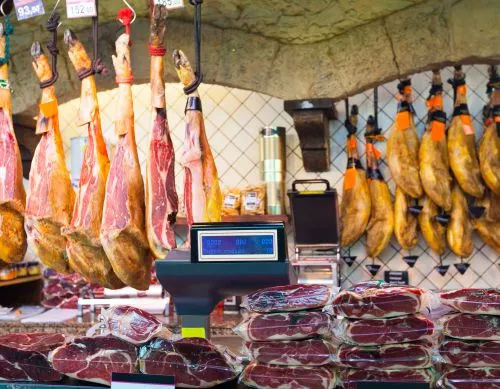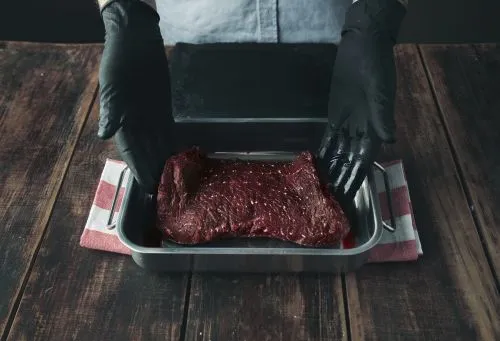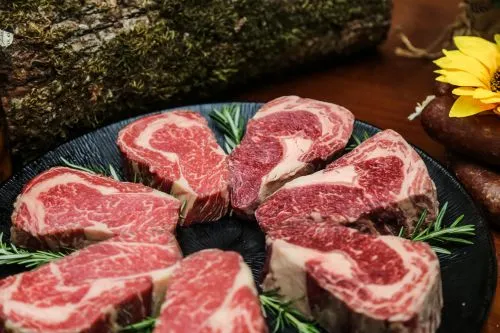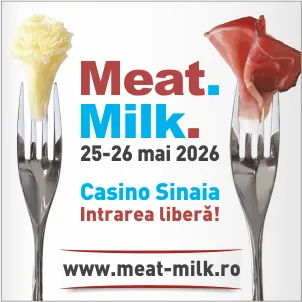
(Author: Ioan Serbanescu) The alert sent by Germany on the import of turkey meat of a turkey which presented traces of antibiotics, alert immediately proved to be totally wrong, reinstated, however, on the wall, the formality of processing steps for poultry. Fortunately, Romanian processors have fully understood this need. However, the statements in the paper "Research on the microbiology of fresh meat, chilled and frozen poultry" of Mrs. Narcisa Elena Necula, statements that we present you in the curent edition, we believe that we bring further clarification on the proposed theme Reduce contamination in the slaughterhouse "Important conclusions were made after analyzing data from research carried out in slaughterhouses, where it was found that slaughter poultry farms are exposed to the action of a rich and diverse microflora, in large part, can be found on processing poultry carcasses after slaughter. Enterobacteria, family of bacteria that includes an impressive number of species were often present in large numbers in poultry halls which constitutes a potential danger because, in this family there are species pathogenic to humans. In slaughterhouses, poultry reception area is the main source of air pollution with microorganisms. Along the processing line poultry slaughterhouse air microflora tends to decrease, reaching the lowest values in the freezing tunnel. Results (variation enterobacteriaceelor and other gram negative), shows that air microflora from slaughterhouse loads during the technological flow, from so-called stage 'at risk' (plucking and evisceration). Reduce contamination of carcasses at the slaughterhouse via air, it can be done if there are mechanically isolated the spaces known as generating "bioaerosols" pollutants and by restricting the possibilities of free air circulation between risk areas and other spaces. Such measures reduce cross contamination through air but does not affect the contamination that occurs through air circulation inside the premises. A measure to reduce contamination is to maintain the workspace temperature to less than 10 º C to prevent microbial growth. Plucking Scalding birds, as a result of this study contribute to cross-contamination of carcasses. Bacterial load from the scald tank water increased constantly, reaching at three hours after the start of the process of slaughtering values of the total number of germs of 107 CFU / ml. Scalding can not be considered a critical control point as one might think because the water temperature can not be increased beyond certain limits (50-55 ° C) or exposure time can not be increased because it would lead to impairment of carcasses in phases after processing with increasing economic losses. Reducing the number of microorganisms at this stage is through the application of modern technologies in which the bird passes successively through several tanks of scalding where the water circulates against the current or by adding water with bactericidal substances such as acids or bases. The effect of these substances in the scalding water is limited, bacteria from the skin crevices being protected. Plucking, as noted in the study, was the stage where the microbial carcasses increased greatly increase generated by some features of the scalding operator that promote cross-contamination of carcasses and spread around aerosols rich in microorganisms. Reduction of the intensity of carcass contamination is by continuous spraying carcasses with highly chlorinated water when due to the combined effect, chemical and mechanical destruction of microorganisms on the surface of carcasses is emphasized. Evisceration Evisceration was the stage where most microorganisms were isolated after from the surface of the carcasses. The common cause underlying such results is injurious tube by dressing plant. Even if the pollution content of the digestive tract was not visible, the results showed that such accidents occurred. This was confirmed by the large number of microorganisms isolated from the active surface of the evisceration facility. Also, high values of enterobacteria, coliforms and E. coli on the carcasses, surfaces and in the air from this section, support this claim. Final washing of carcasses reduced a lot the number of microorganisms on the surfaces by the mechanical effect exerted by water. Massive reduction in the number of microorganisms proved once again that when the study was at the evisceration stage where carcasses were the most heavily contaminated. Wash water was considered rich in microorganisms with enteric origin. Effect of washing carcasses at the slaughterhouse can be enhanced by adding water with bactericidal substances, which was allowed in the European Union in early 2006. The selective effect of cold Carcasses cooling slightly influenced microflora in quantitative terms. Arguably cold microorganisms acted selectively on the microorganisms from the carcasses. Thus, while the total number of bacteria and coliforms increased E. coli and Enterobacteria decreased. Variations were insignificant and is due to cross-contamination which manifests itself again (but less intense) and not action of low temperatures. Micro air cooling tunnel reflects, however, the action of low temperatures, being constitued in higher proportion of microorganisms that can grow at low temperatures and contributing to the spoilage of the chilled products. It can be concluded that the microflora of poultry carcasses originates, for the most part, in the poultry halls, transport and further processing contributing to its qualitative and quantitative standardization processes of cross-contamination. Carcass contamination with microorganisms other than those coming from the growing halls is not excluded but is less frequent. Therefore, in order to control some dangerous microorganisms for the consumer (Salmonella spp, Campylobacter spp, etc.), prevention and control measures should be applied starting from the farms. Meat processing in the comercialization units increases the degree of contamination with microorganisms. Decontamination of carcasses in processing plants and / or modified atmosphere packaging can be effective alternatives to reduce the incidence of bacterial hazards. Because you can not give absolute guarantees regarding the production of chilled and frozen poultry, pathogen free, consumer education plays an important role in protecting against food poisoning. "




